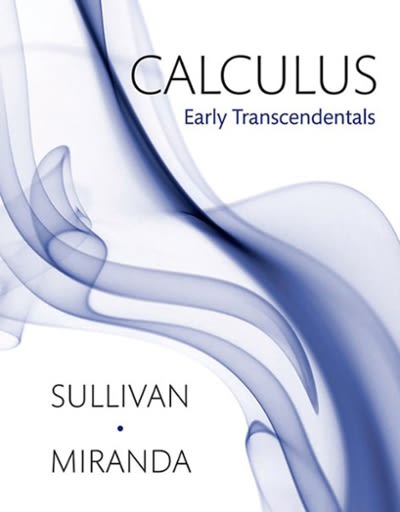Question
Suppose as part of a national study of economic competitiveness a marketing research firm randomly sampled 200 adults between the ages of 27 and 35
Suppose as part of a national study of economic competitiveness a marketing research firm randomly sampled 200 adults between the ages of 27 and 35 living in metropolitan Seattle and 180 adults between the ages of 27 and 35 living in metropolitan Minneapolis. Each adult selected in the sample was asked, among other things, whether they had a college degree. From the Seattle sample 66 adults answered yes and from the Minneapolis sample 63 adults answered yes when asked if they had a college degree. Based on the sample data, can we conclude that there is a difference between the population proportions of adults between the ages of 27 and 35 in the two cities with college degrees? Use a level of significance of 0.10 to conduct the appropriate hypothesis test.
Step by Step Solution
There are 3 Steps involved in it
Step: 1

Get Instant Access to Expert-Tailored Solutions
See step-by-step solutions with expert insights and AI powered tools for academic success
Step: 2

Step: 3

Ace Your Homework with AI
Get the answers you need in no time with our AI-driven, step-by-step assistance
Get Started


